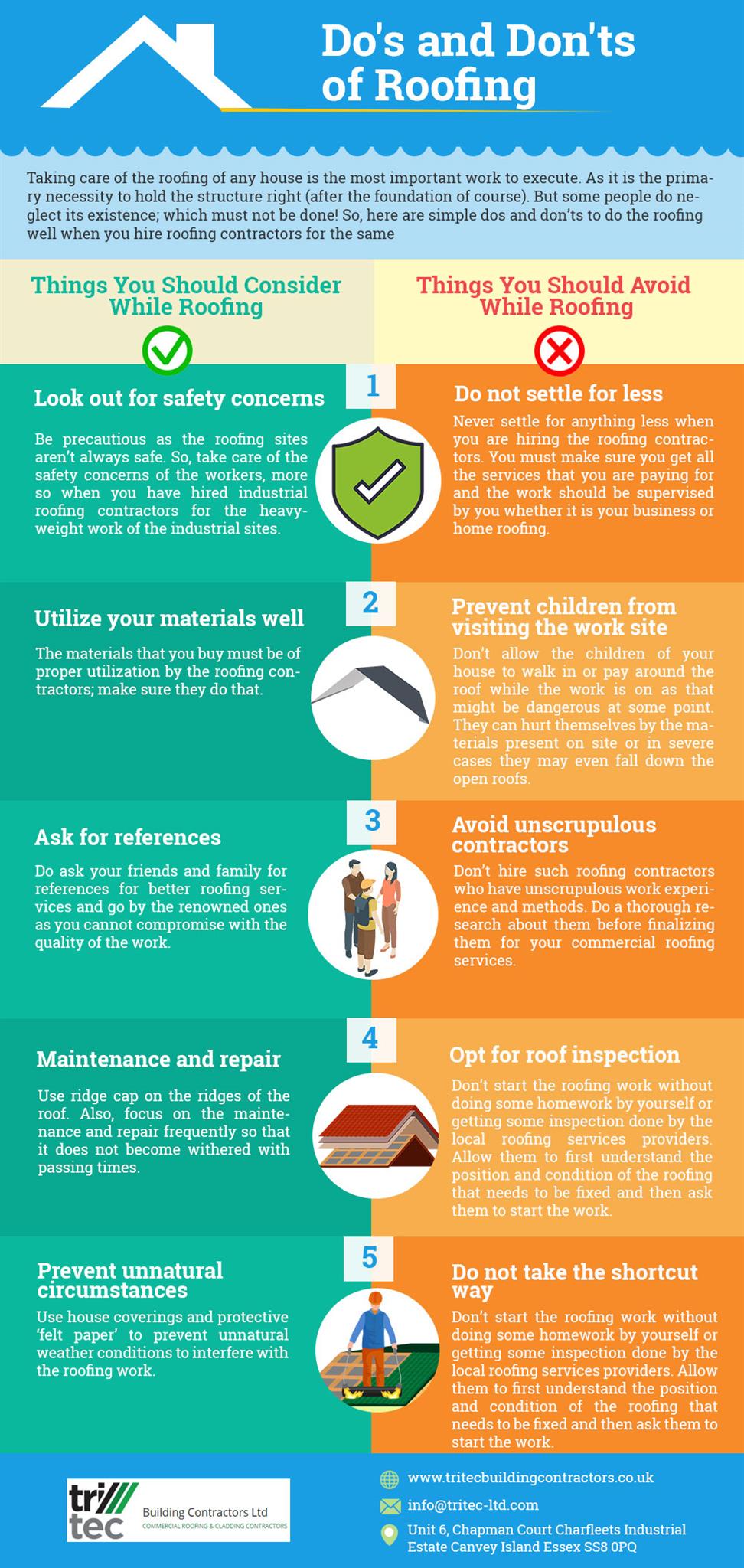Evaluate The Expenses And Advantages Associated With Solar Setup To Uncover The Economic Possibilities That Might Be Offered To Those Exploring This Renewable Energy Option
Evaluate The Expenses And Advantages Associated With Solar Setup To Uncover The Economic Possibilities That Might Be Offered To Those Exploring This Renewable Energy Option
Blog Article
Post By-Oliver Albertsen
When thinking about the expenses of solar setup, you could wonder about the ahead of time investment needed and whether it lines up with the potential long-lasting advantages. Recognizing the details of these expenses and the different variables influencing the general return can shed light on the value proposal of transitioning to solar power. By reviewing both the preliminary configuration costs and the projected savings with time, you can gain understanding into whether the financial investment in solar setup holds pledge for your financial future.
First Setup Costs
When taking into consideration the costs of solar setup, the preliminary setup expenditures play a crucial role in your decision-making process. These in advance expenses consist of the cost of photovoltaic panels, inverters, mounting devices, and installation labor.
The rate of solar panels can differ depending upon the brand name, effectiveness, and dimension you choose. Inverters are important for transforming the sunlight's power right into functional power and come in various types such as string inverters, microinverters, and power optimizers, each with its own cost implications.
Installing equipment, such as racks and rails, is required to securely install solar panels on your roofing or home.
https://messiahdinsy.webdesign96.com/30376816/an-extensive-consider-the-economic-gains-from-installing-solar-panels covers the expert installment of the solar system, guaranteeing that every little thing is established appropriately and efficiently. Keep in mind that while these initial arrangement costs may seem high, there are often refunds, tax rewards, and financing alternatives available to help offset the expenses and make solar installation extra budget-friendly in the long run.
Long-Term Savings Evaluation
To recognize the monetary advantages of solar setup over time, it's crucial to carry out a detailed long-term savings analysis. While https://www.forbes.com/home-improvement/solar/best-solar-companies-texas/ of solar panels may appear overwhelming, the long-lasting financial savings can outweigh these expenses dramatically. By using the power of the sunlight to produce power for your home, you can potentially conserve countless dollars on your energy bills over the life expectancy of your solar system.
One of the essential elements to take into consideration in a long-term cost savings evaluation is the reduction in your electricity costs. With solar panels, you can produce your electricity, reducing or even removing your reliance on the grid. This can cause considerable financial savings, specifically as energy rates continue to increase.
In addition, lots of federal governments provide rewards such as tax obligation credit scores and rebates for setting up photovoltaic panels, better boosting your long-lasting financial savings. By taking advantage of these incentives and optimizing your solar power production, you can appreciate significant financial benefits for several years to come.
Roi Computation
Thinking about the economic benefits of solar setup, it's time to assess the Roi (ROI) computation. Figuring out the ROI includes contrasting the total costs of setting up a solar system with the monetary benefits it generates over its life-span.
To determine ROI, split the web benefit from the system by the overall investment cost and multiply by 100 to get a portion. The ROI formula is: (Internet Earnings/ Total Amount Financial Investment Expense) x 100.
For example, if the total price of mounting a solar system is $20,000, and over its lifespan, it creates savings and incomes totaling $30,000, the net revenue would be $10,000. Splitting this by the complete financial investment price of $20,000 gives a proportion of 0.5. Increasing this by 100 offers an ROI of 50%.
Usually, a greater ROI shows a much more financially satisfying investment. Elements like federal government rewards, upkeep expenses, and energy cost fluctuations can affect the ROI of solar setups. Recognizing the ROI aids in evaluating whether investing in solar power is worth it in the long run.
Conclusion
Finally, understanding the costs of solar installation is vital for determining if it deserves the investment. By thinking about first configuration costs, carrying out a long-lasting savings evaluation, and computing the return on investment, you can make an educated decision concerning the economic worth of solar energy. With the potential for lowered utility expenses and raised power self-reliance, purchasing solar installment can be a smart option for both your pocketbook and the atmosphere.
